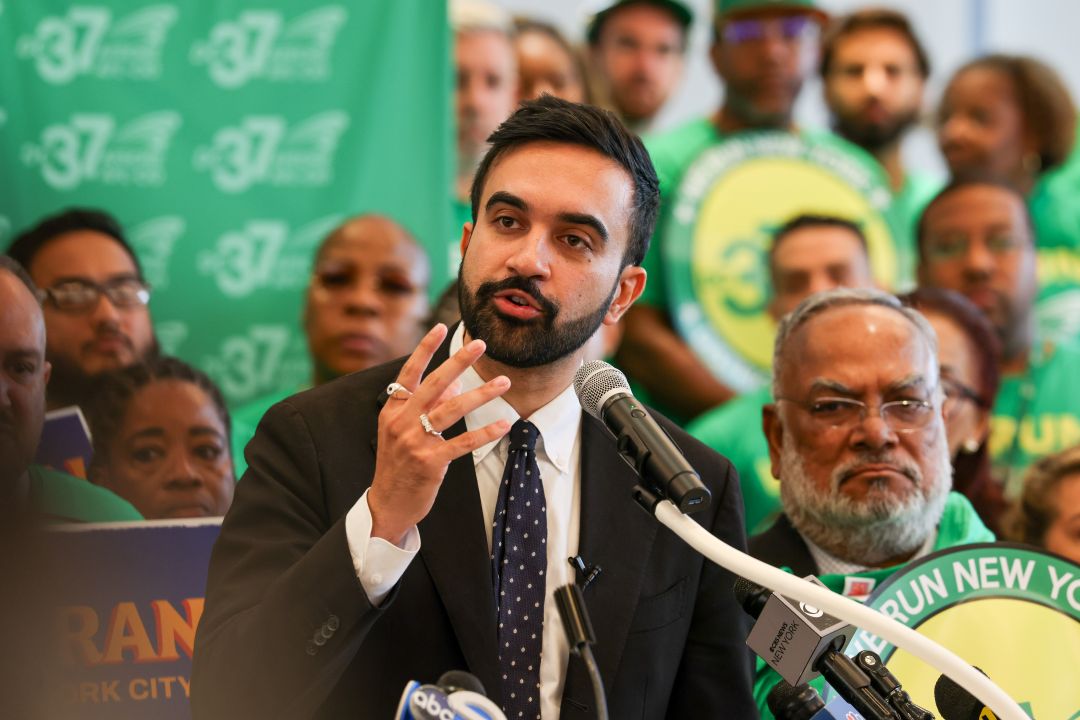Mayor Bill de Blasio and the City Council aren’t in charge of the city’s proposed $93.5 billion budget. Gov. Andrew Cuomo and the Legislature are. The mayor’s first attempt at post-corona budgeting, two weeks ago, was a dud — so the City Council has two months to prove that it can be fiscally responsible. If City Hall can’t come up with a balanced budget by July 1, the state will have to step in — to avoid a repeat of the 1970s.
In the seven weeks since New York City went on lockdown, Hizzoner has shown no indication that he understands the fiscal severity. In January, he proposed a pre-corona budget calling for $73.9 billion in city-funded spending, 31 percent higher than the final Bloomberg budget, three times the inflation rate. (The rest of Gotham’s spending comes from federal and state grants.)
Post corona, the mayor proposed more than $3 billion in cuts, but spending will still be 26 percent higher than in 2014.
The mayor’s proposed budget for the fiscal year that starts July 1 is far from balanced, as required by state law.
The mayor “balances” the budget first by low-balling the revenue loss from the lockdown. The city estimates the loss at $7.4 billion over two years. But with more than 625,000 job losses — 15 percent of the private-economy total — the city is likely to see tax revenues fall by 20 percent, or $13 billion.
The other way the mayor balances the budget is by draining reserves — $2.6 billion out of a $4.7 billion trust for future public-sector-retiree health benefits, even though this trust is far from funded, relative to $112.5 billion in benefits promised, plus our $1.4 billion in general reserves.
If the city doesn’t bounce back quickly — and because of the nature of this crisis, there is a chance it won’t — we will need that money later. Draining reserves should be the last resort.
So what should the City Council propose, to conserve cash and preserve options?
First, halt the final payment to teachers and other civilian workers due in October for work done more than a decade ago under then-expired contracts. De Blasio engineered this giveaway in his first year, as payback for support. Defer this payment until 2025 and assess the situation then: If the city’s economy has bounced back, fine. This would save $1.5 billion.
Second, freeze wages, pledging to spend no more on them this year than last, saving $600 million in just one year, as my colleague Eric Kober will suggest in a forthcoming paper.
Third, furlough workers who can’t do their jobs from home. A furlough isn’t a layoff; it is temporary, the same as large employers such as Disney have taken. Workers who make under $60,000 will not lose any income, because Congress’ CARES Act created a special program for this purpose. (The city could continue to pay health benefits, just as Disney is doing.) The feds have expanded the safety net here to deal with a temporary lockdown and help employers who can’t afford to pay staff while the money isn’t coming in — including the city.
Thousands of school-safety agents, school aides, school nurses, cafeteria workers and others have critical jobs in normal times but nothing to do now. They share in the plight faced by many workers in the private economy. Depending on how gradually New York opens, furloughing 20 percent of the workforce would save $500 million a month.
These measures buy time to tackle the bloat of the administrative workforce under de Blasio. Over seven years, the overall city workforce has grown by 10 percent, or 30,000 people. Tellingly, de Blasio doesn’t expect to have to cut many jobs: He expects headcount next year to 332,551 people, just 1,308 fewer than this year.
He can start close to home: Does the mayor’s office really need 1,369 people, 412 more than when he took office? Does the Department of Education need 25,588 administrators, 2,351 more than in 2014? The NYPD has 1,746 more civilians than seven years ago — so why does it have cops processing press passes?
If the council can’t balance the budget, the state will have to step in. Under a 45-year-old law enacted after the ’70s brush with bankruptcy, a state-appointed Financial Control Board must certify that the books add up.
If they don’t, the FCB must recommend that the state Legislature enact a “control period,” a city-budget takeover. In that case, the state would — or should — make the cuts city officials won’t, to preserve public services and capital spending.
The board is chaired by the governor, with the state and city comptrollers and two financiers rounding out the mayor. They should be ready to withhold the rubber stamp.
This piece first appeared at the New York Post
______________________
Nicole Gelinas is a senior fellow at the Manhattan Institute and contributing editor at City Journal. Follow her on Twitter here.
This piece originally appeared in New York Post


